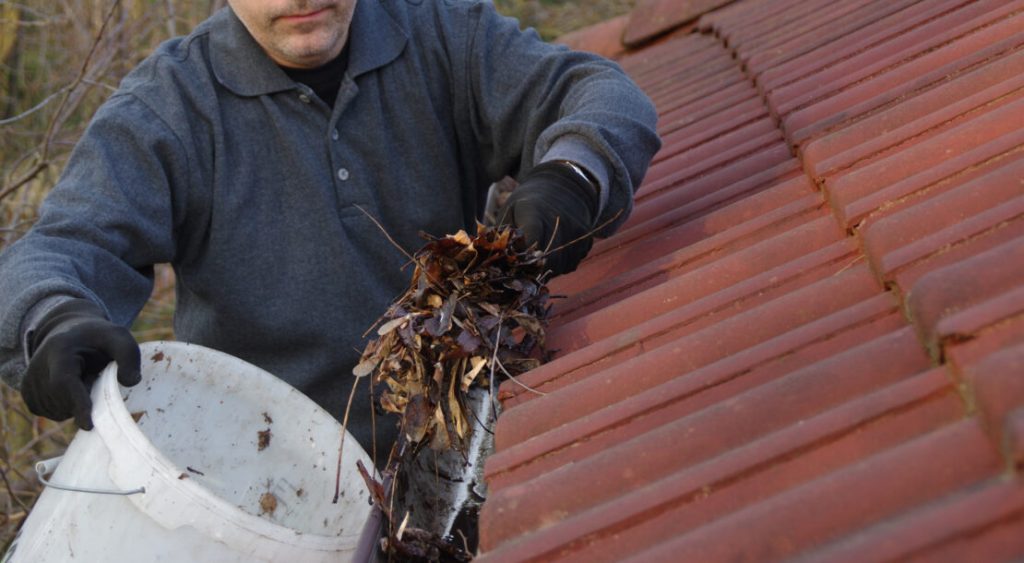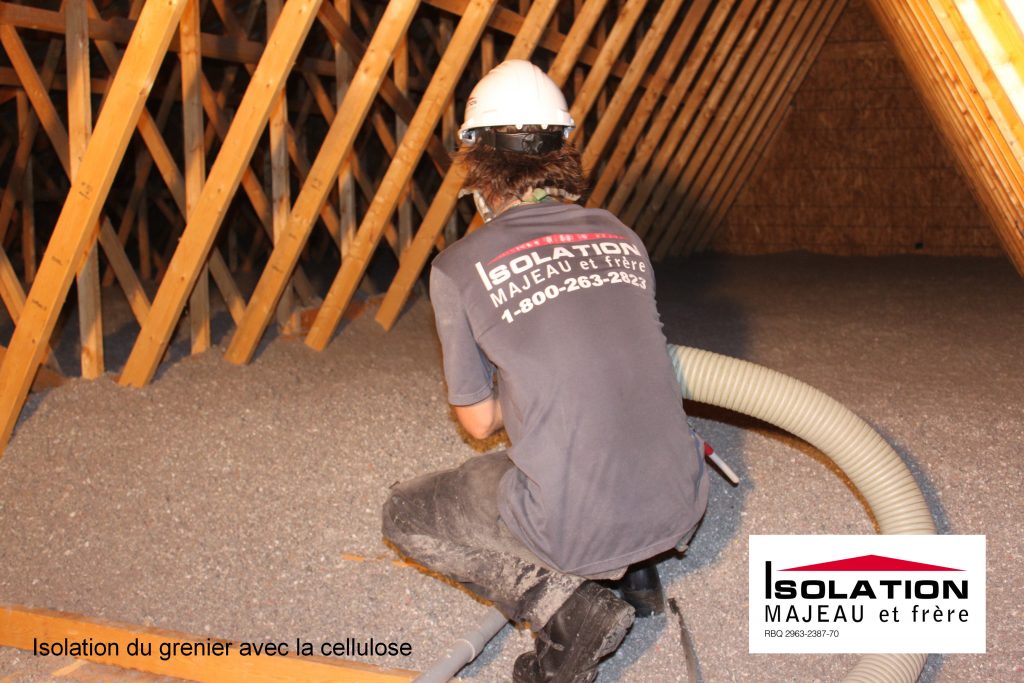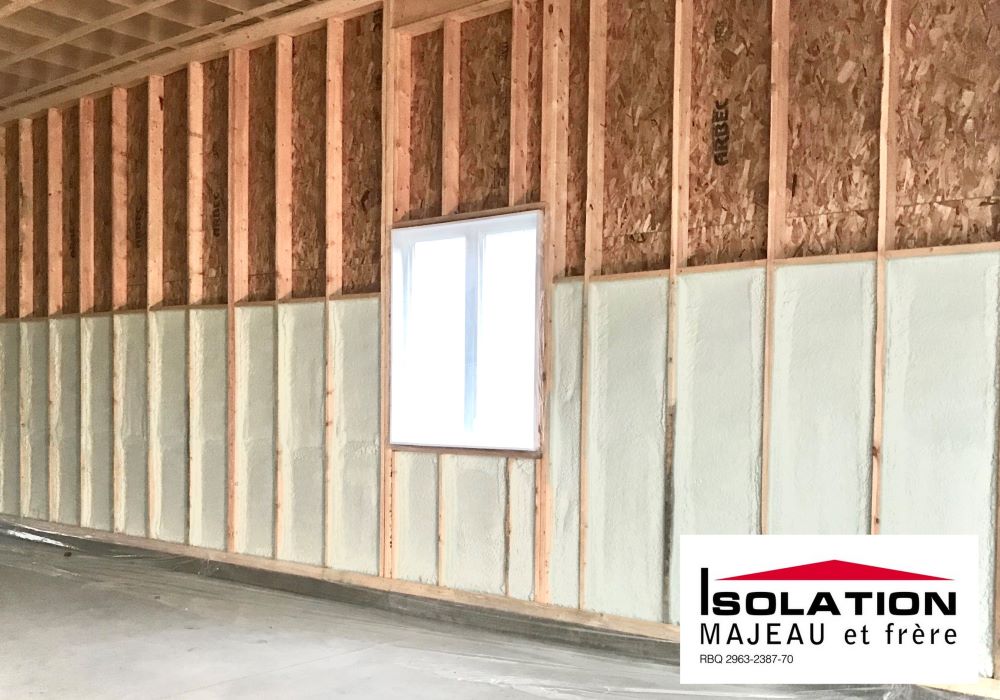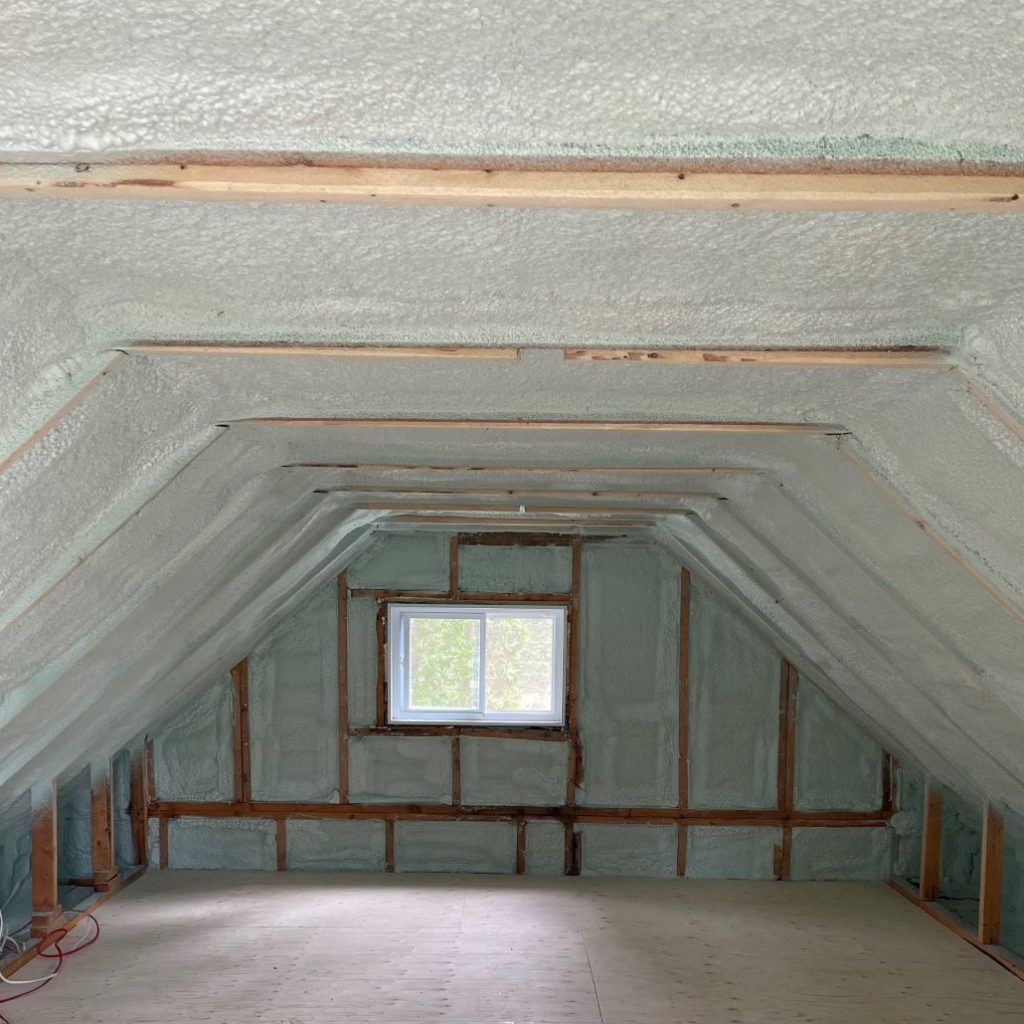That’s it, you’ve rounded up the things to do inside your home before winter. Congratulations, you will definitely save energy. It’s now time to put on your coat and take a walk outside to make sure your yard, roof and everything outside is ready for high winds, snowstorms and freezing temperatures.
5 THINGS TO DO OUTSIDE THE HOUSE BEFORE WINTER
Clean the Gutters
It’s important to remove leaves from your gutters and clean your gutter downspouts to keep water flowing towards the ground away from the house. Make sure that everything is securely fastened and that the joints are tight. Remember that if the water cannot go down and accumulates on the roof, it can cause breakage and water infiltration in the house. If you have extension pipes to direct water away from the foundation, disconnect them to prevent them from freezing. Also, to prevent bits of tree branches and leaves from accumulating during the winter, you can equip yourself with gutter protection.
Check the Roof
Start by checking the roof vents making sure they are unobstructed and performing their function properly. If you have a sloped roof, make sure the shingles are in good condition, otherwise replace the damaged ones to prevent water infiltration. Moreover, if your roof has a skylight, it’s important to check that the caulking is well placed and in good condition. Finally, speaking of the roof, take the opportunity to go for a walk in the attic which is often the cause of heat loss in a house.
Do you have a flat bitumen roof? Use a rake to put the rocks back in their place, covering the entire surface. Take the opportunity to clean the storm drain to avoid the accumulation of leaves and promote the evacuation of spring water.
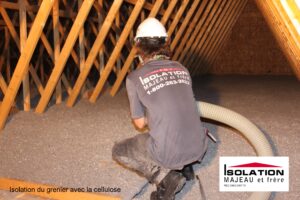
Sweep the Chimney
Depending on the humidity of the wood and the amount of wood you burn, your chimney should be swept every year. You can of course do it yourself. If you decide to hire a certified chimney sweep, it may be safer because naked-eye inspection does not show all creosote deposits. When you burn wood, the heat released can cause the deposits to swell, which could block your chimney flue.
Inspect the Foundation and the Bricks
A crack in your foundation or in your brick wall could cause heavy damage to your home because the water that accumulates in a crack expands by freezing. If it’s a small crack, you can repair it yourself with a cement sealant. For larger cracks, you will need a certified contractor. While near the house, check your feet to see if the ground is sagging. Make sure that the slope of the ground does not go towards the foundation.
Close the Outside Water Pipe Valve
This simple oversight could cause significant damage due to water infiltration. If you have an old installation, drain the pipe completely, then close the outside water valve and disconnect the hose from the faucet. Even a small drop that accumulates each day can end up causing the pipe or faucet to freeze.
Check Exhaust Outlets
The air outlets of the dryer, the stove, the air exchanger and the bathroom must be well insulated with caulking to stop cold air from entering because the dampers are often problematic since they do not close well. And to avoid rodents from getting in this winter, make sure that the air outlets’ mesh is intact.
Do One Last Check Up Around the Ground
When everything else is done, that you have put away the BBQ, the garden furniture and everything you won’t be using in winter, do a final inspection of your property. Cutting branches that could fall on electrical wires or on your house will bring you peace of mind.
In conclusion, these small and simple gestures will allow you to spend a winter in safety while saving energy. Despite all these tips, if you feel like your electricity bill is too high, it may be time to re-insulate your home.
This article was originally published on May 17, 2022 by Jocelyn St-Pierre

